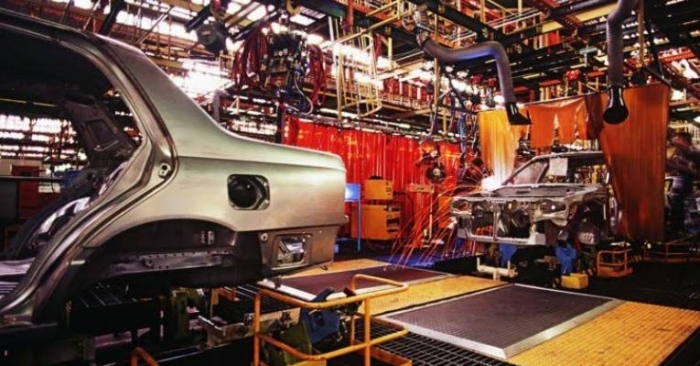Now is the time for automotive companies to move supply chains to cloud
The New York-headquartered multi-national enterprise software company Infor recently published a best practices guide titled ‘Creating the 21st Century Automotive Supply Chain’.

The New York-headquartered multi-national enterprise software company Infor recently published a best practices guide titled ‘Creating the 21st Century Automotive Supply Chain’. The guide lists three different supply chain complexities faced by automotive companies and recommends cloud-based solutions to all of them. Cas Brentjens of Infor Nexus, the cloud supply chain platform of Infor, is writing why now is the time for automotive companies to move their supply chains to the cloud.
Even when you have a great supply chain strategy, change across the automotive industry is constant. Black swan events, emerging technology, new regulations, and shifts in consumer demand have created an increased need for “always on and up-to-date” functionality. While steps can be taken to mitigate risk when changes occur it’s still up to you and your team to adjust and ensure new processes are implemented quickly.
If your organization previously reviewed, dismissed, or put off adopting cloud-based supply chain management solutions, it’s time to reevaluate. Decisions that seemed to make sense last year or even last quarter, have changed drastically or may no longer be an option. With business models drastically changing and uncertainty lingering in every corner, what if you could offload critical IT responsibility to an organization you trust to manage it all for you?
With a software-as-a-service (SaaS) model, experts who are contractually committed to ensuring your supply chain continuity are shouldering that burden. Not only can you remove that task and worry from your list, but when an unexpected event of some kind inevitably occurs, you will be well-equipped to manage the disruption and keep operations moving accordingly. Such is the kind of redundancies and fail-safes that SaaS organizations put in place. But also, with that shift of responsibility, your team can instead focus additional time on other strategic initiatives with higher business value.
By moving from on-premise enterprise infrastructure to the cloud, you can avoid potentially devastating business impacts while simultaneously optimizing your supply chain. With cloud connectivity, you can ensure access to suppliers, trading partners, and key stakeholders from anywhere in the world. With these tools in hand, you can rest easy knowing your supply chain possesses the visibility and resiliency needed to adapt quickly to sudden shifts in demand.
In this uniquely challenging environment, supply chain continuity has never been more important to your business. If you find the themes covered in our blog post relevant to your business, download the comprehensive 21st Century Automotive Supply Chain best practices guide.
 | Cas Brentjens, vice president sales - Infor Nexus - supply chain business networks, Asia Pacific & Japan |
The views and opinions expressed in this article are those of the author and do not necessarily reflect the views of Indian Transport & Logistics News



